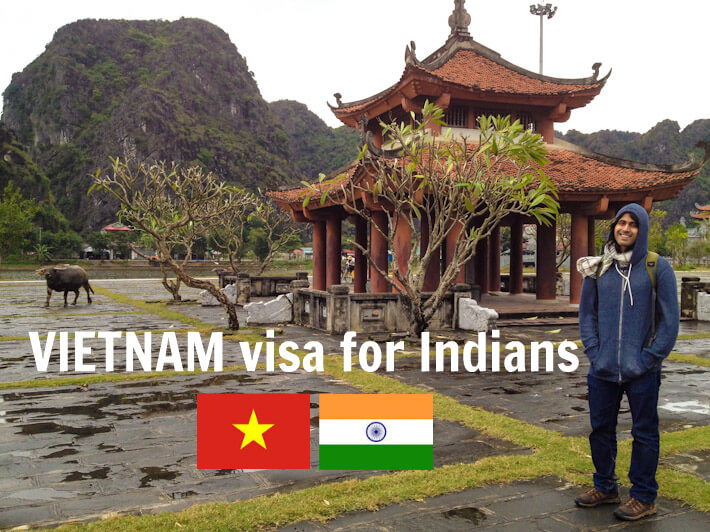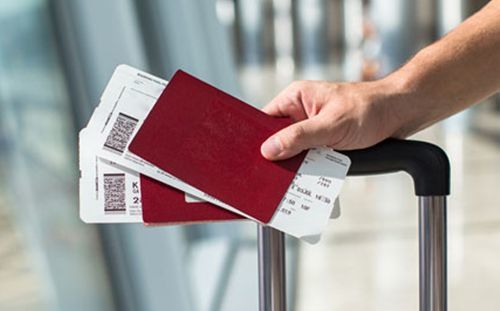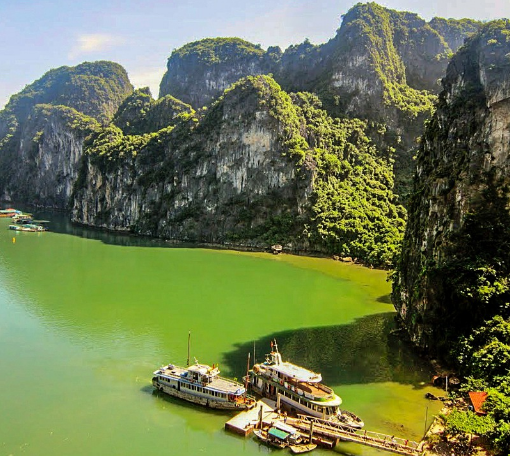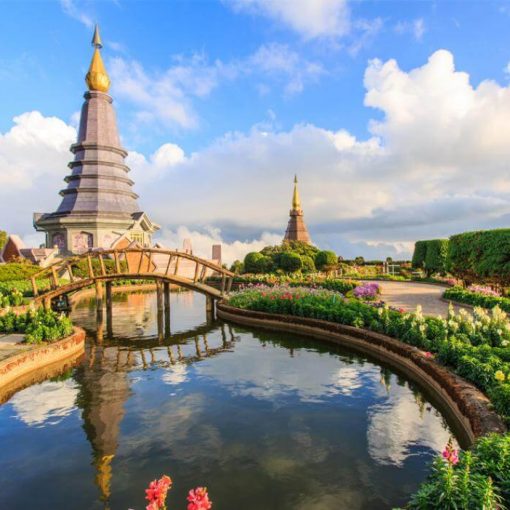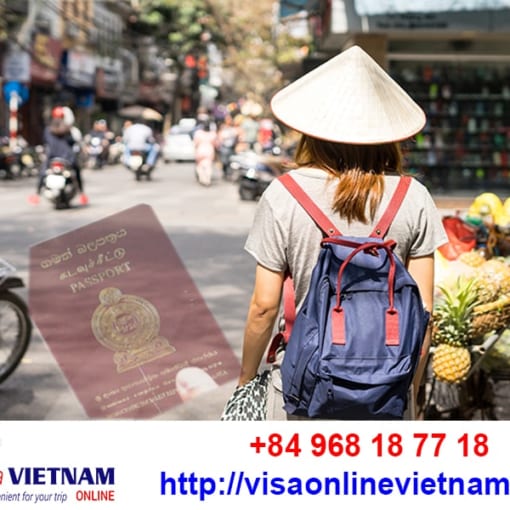Obtaining a Vietnam visa is an essential step for Indian citizens planning to visit the beautiful country of Vietnam. Understanding the requirements, application process, and tips for obtaining a Vietnam visa can greatly facilitate your travel plans. This article aims to provide a detailed overview of Vietnam visa requirements for Indian citizens, explain the application process, discuss the types of visas available, highlight important documents needed, delve into visa fees and duration, compare e-visas and visa-on-arrival options, and offer valuable tips to help you successfully obtain a Vietnam visa as an Indian passport holder.
Vietnam Visa Requirements for Indian Citizens
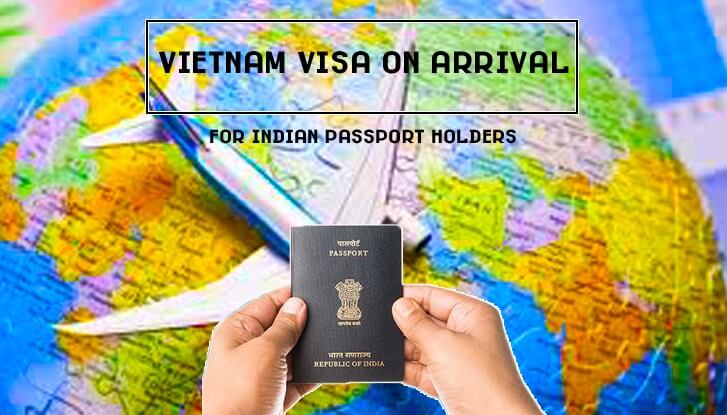
Indian citizens are required to meet certain criteria in order to obtain a Vietnam visa. The following requirements must be fulfilled:
- Passport Validity: Your passport should have a minimum validity of six months beyond your intended stay in Vietnam.
- Passport Pages: Ensure that your passport has at least two blank pages for visa stamps.
- Visa Approval Letter: In most cases, Indian citizens need to obtain a visa approval letter issued by the Immigration Department of Vietnam before traveling to the country.
- Purpose of Visit: You should have a clear purpose of visit, such as tourism, business, or work, as it determines the type of visa you need to apply for.
How to Apply for a Vietnam Visa as an Indian Citizen
Applying for a Vietnam visa as an Indian citizen generally involves the following steps:
- Choose the Visa Type: Determine the appropriate visa type based on the purpose and duration of your visit. Common visa types include tourist visa (DL), business visa (DN), and work visa (LD).
- Visa Application Methods: There are two main methods for applying for a Vietnam visa:
- Embassy/Consulate Application: Visit the nearest Vietnamese embassy or consulate in India to submit your visa application in person. This method is recommended if you prefer a traditional visa stamp on your passport.
- Online/E-visa Application: Apply for an e-visa through the official website of the Vietnamese government. This method is convenient and allows you to obtain an electronic visa without visiting an embassy or consulate.
- Submit Required Documents: Prepare the necessary documents, including a completed visa application form, passport-sized photos, passport copy, visa approval letter (if applicable), and other supporting documents based on the visa type.
- Pay Visa Fees: Pay the required visa fees, which vary depending on the visa type, processing time, and application method. The fees can be paid online or at the embassy/consulate.
- Receive Visa Approval Letter or E-visa: Once your application is processed and approved, you will either receive a visa approval letter via email (for embassy/consulate application) or an e-visa directly in your email inbox.
- Visa Stamping: If you choose the embassy/consulate application method, you need to visit the relevant embassy or consulate to have your visa stamped into your passport. For e-visas, simply print out the e-visa and present it upon arrival in Vietnam.
Types of Vietnam Visas Available for Indian Passport Holders
Tourist Visa
- Valid for 30 days, single or multiple entry.
- Can be extended once for an additional 30 days while in Vietnam.
- For tourism and sightseeing purposes only.
Business Visa
- Valid for 3 months, single or multiple entry.
- Can be extended multiple times while in Vietnam.
- For business trips, meetings, conferences, etc.
E-Visa
- Valid for 30 days, single entry.
- For tourism and business purposes.
- Cannot be extended.
Visa on Arrival (VOA)
- Valid for 30 days, single entry.
- For tourism and business purposes.
- Cannot be extended.
- Must apply for pre-approval letter before arrival.
Other Types of Visas
- Transit Visa: Valid for 30 days, single or multiple entry. For travelers who are passing through Vietnam on their way to another country.
- Work Visa: Valid for 1-3 years, multiple entry. For foreigners who are employed in Vietnam.
- Study Visa: Valid for 6-12 months, single or multiple entry. For foreigners who are studying in Vietnam.
- Family Reunion Visa: Valid for 1-3 years, multiple entry. For foreigners who are married to or have a close family relationship with a Vietnamese citizen.
How to Apply for a Vietnam Visa
Indian passport holders can apply for a Vietnam visa in three ways:
- Online: Indian passport holders can apply for an e-visa online at the Vietnam Immigration Department website.
- Through a Vietnamese embassy or consulate: Indian passport holders can apply for a visa through a Vietnamese embassy or consulate in India.
- Visa on arrival: Indian passport holders can apply for a visa on arrival at certain international airports in Vietnam.
Requirements for a Vietnam Visa
Indian passport holders must meet the following requirements to apply for a Vietnam visa:
- A valid passport with at least six months of validity from the date of arrival in Vietnam.
- A recent passport-sized photo.
- A completed visa application form.
- Proof of onward travel (e.g., a flight ticket).
- Proof of sufficient funds (e.g., a bank statement or credit card statement).
Visa Fees
The visa fee for Indian passport holders varies depending on the type of visa and the method of application.
- E-Visa: $25
- Visa on arrival: $45
Processing Time
The processing time for a Vietnam visa varies depending on the type of visa and the method of application.
- E-Visa: 3-5 business days
- Visa on arrival: 1-2 hours
Tips for Applying for a Vietnam Visa
- Apply for your visa early, especially if you are traveling during peak season.
- Make sure that you meet all of the requirements for the type of visa that you are applying for.
- Double-check your visa application form for any errors.
- Keep a copy of your visa approval letter (if applicable) with you at all times when traveling to and from Vietnam.
I hope this information is helpful. Please let me know if you have any other questions.
Vietnam Visa Application Process for Indians
The process of applying for a Vietnam visa as an Indian citizen typically involves the following steps:
- Step 1: Determine the Visa Type: Assess your purpose of visit and choose the appropriate visa type based on your travel plans. 2.Step 2: Gather Required Documents: Collect the necessary documents for your visa application. The specific requirements may vary depending on the visa type, but generally, you will need:
- Completed visa application form: Fill out the form accurately and ensure all information is correct.
- Passport-sized photos: Prepare two recent passport-sized photos with a white background.
- Passport copy: Provide a clear photocopy of your passport information page.
- Visa approval letter (if applicable): If you’re applying for a visa through an embassy or consulate, you will need a visa approval letter issued by the Immigration Department of Vietnam.
- Supporting documents: Additional documents may be required based on the purpose of your visit. For example, if you’re applying for a business visa, you might need an invitation letter from a Vietnamese company.
Step 3: Choose the Application Method:
- Embassy/Consulate Application: Visit the nearest Vietnamese embassy or consulate to submit your application in person. Contact the embassy/consulate beforehand to inquire about their specific requirements and operating hours. You might need to schedule an appointment.
- Online/E-visa Application: If you choose the e-visa option, go to the official website of the Vietnamese government that offers e-visa services. Create an account, fill out the online application form, upload the required documents, and make the payment.
Step 4: Pay the Visa Fees:
- Embassy/Consulate Application: Check the visa fees on the website of the embassy or consulate where you are applying. Pay the fees in cash or as instructed by the embassy/consulate.
- Online/E-visa Application: Make the payment online using the provided payment methods. The fees for e-visas are typically lower compared to traditional visas.
Step 5: Wait for Processing:
- Embassy/Consulate Application: After submitting your application, the embassy or consulate will process it. The processing time may vary, so inquire about the expected duration. If approved, you will receive a visa approval letter via email.
- Online/E-visa Application: The processing time for e-visas is usually faster, typically within 3 business days. Once approved, you will receive the e-visa via email.
Step 6: Visa Stamping (Embassy/Consulate Application Only): If you applied through an embassy or consulate, you need to visit the embassy/consulate in person to have your visa stamped into your passport. Bring your passport, visa approval letter, and any other required documents. Pay the stamping fee, which varies depending on the visa type and processing time. After stamping, your visa will be affixed to one of the pages in your passport.
Documents Required for a Vietnam Visa for Indian Nationals
When applying for a Vietnam visa as an Indian citizen, you will generally need the following documents:
- Completed visa application form: Fill out the form accurately and ensure that all information is correct.
- Passport-sized photos: Provide two recent passport-sized photos with a white background.
- Passport copy: Submit a clear photocopy of your passport’s information page. Make sure the copy is legible.
- Visa approval letter (if applicable): If you’re applying through an embassy or consulate, you will need a visa approval letter issued by the Immigration Department of Vietnam. This letter confirms your eligibility for a visa.
- Supporting documents: Depending on the purpose of your visit, additional documents may be required. For example:
- Tourist visa: It doesn’t usually require additional supporting documents apart from the basic requirements mentioned above.
- Business visa: You might need an invitation letter from a Vietnamese company or organization inviting you for business-related activities.
- Work visa: You will generally need a work permit issued by the Ministry of Labor, Invalids and Social Affairs in Vietnam, along with an employment contract or letter of offer from a Vietnamese employer.
- Student visa: You will need an acceptance letter or enrollment confirmation from a recognized educational institution in Vietnam.
It’s important to review the specific requirements for your chosen visa type and ensure that all documents are prepared accurately and in accordance with the guidelines provided by the embassy/consulate or e-visa application platform.
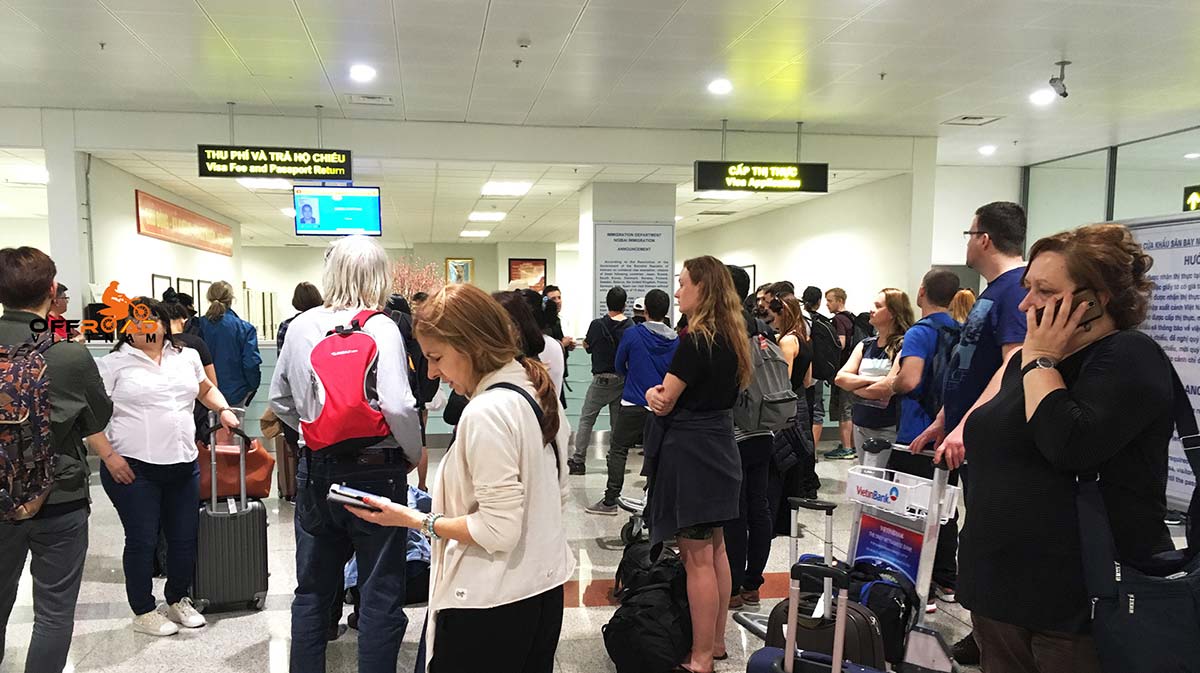
Vietnam Visa Fees for Indian Citizens
The visa fees for Indian citizens applying for a Vietnam visa can vary depending on several factors, including the type of visa, processing time, and the method of application. Here is a general overview of the visa fees:
| Visa Type | Fee (USD) | Notes |
|---|---|---|
| E-visa | $25 | Valid for 30 days, single or multiple entry |
| On-arrival visa | $45 | Valid for 30 days, single entry |
| Tourist visa (1 month) | $40 | Issued at Vietnamese embassies or consulates |
| Tourist visa (3 months) | $60 | Issued at Vietnamese embassies or consulates |
| Business visa (1 month) | $50 | Issued at Vietnamese embassies or consulates |
| Business visa (3 months) | $70 | Issued at Vietnamese embassies or consulates |
Additional Notes:
- All visa fees must be paid in US dollars.
- Visa fees are subject to change without notice.
- Indian citizens who are exempt from a visa to Vietnam include:
- Holders of diplomatic or official passports
- Crew members of aircraft or ships
- Children under 15 years old
To apply for an e-visa:
- Go to the Vietnam e-Visa website and fill in the online application form.
- Upload a digital photo of yourself and a copy of your passport.
- Pay the visa fee using a credit or debit card.
- Your e-visa will be issued within 3-5 business days.
To apply for an on-arrival visa:
- Complete the visa application form on the plane or at the port of entry.
- Pay the visa fee in US dollars.
- Your visa will be issued on arrival.
To apply for a tourist or business visa:
- Contact the Vietnamese embassy or consulate in your home country.
- Submit a completed visa application form, a valid passport, and two passport-sized photos.
- Pay the visa fee.
- Your visa will be issued within 3-5 business days.
It’s important to note that the visa fees are subject to change, so it’s always recommended to verify the current fees before submitting your application. Additionally, there may be additional service fees charged by authorized visa agencies or travel agents if you choose to utilize their services for visa processing.
Duration and Validity of a Vietnam Visa for Indians
The duration and validity of a Vietnam visa for Indian citizens can vary depending on the type of visa applied for and the purpose of visit. Here are some general guidelines:
- Tourist Visa (DL): A tourist visa allows for a maximum stay of 30 days in Vietnam. It can be single-entry or multiple-entry. If you plan to stay longer than 30 days, you can request an extension from the Immigration Department within Vietnam.
- Business Visa (DN): The duration of a business visa can vary from 30 days to 1 year, with options for single-entry or multiple-entry visas. The specific duration granted is usually determined by the sponsoring Vietnamese company or organization. Extensions are possible within Vietnam.
- Work Visa (LD): A work visa is typically issued for up to 1 year and can be extended while in Vietnam. The duration and extension possibilities depend on the employment contract and work permit obtained from the Ministry of Labor, Invalids and Social Affairs in Vietnam.
- Student Visa (DH): The duration of a student visa is usually aligned with the academic program’s duration. Students should ensure that the visa covers their entire study period, and extensions may be required if the program duration exceeds the initial visa validity.
- Transit Visa: A transit visa allows for a short stay of up to 5 days in Vietnam if you are transiting through the country. It is suitable for travelers who have onward flights to another destination and do not plan to leave the international transit area.
It’s important to carefully check the duration and validity of your visa upon receiving it. Overstaying the authorized period can result in fines or other penalties, so it’s recommended to adhere to the visa conditions and seek extensions if necessary.
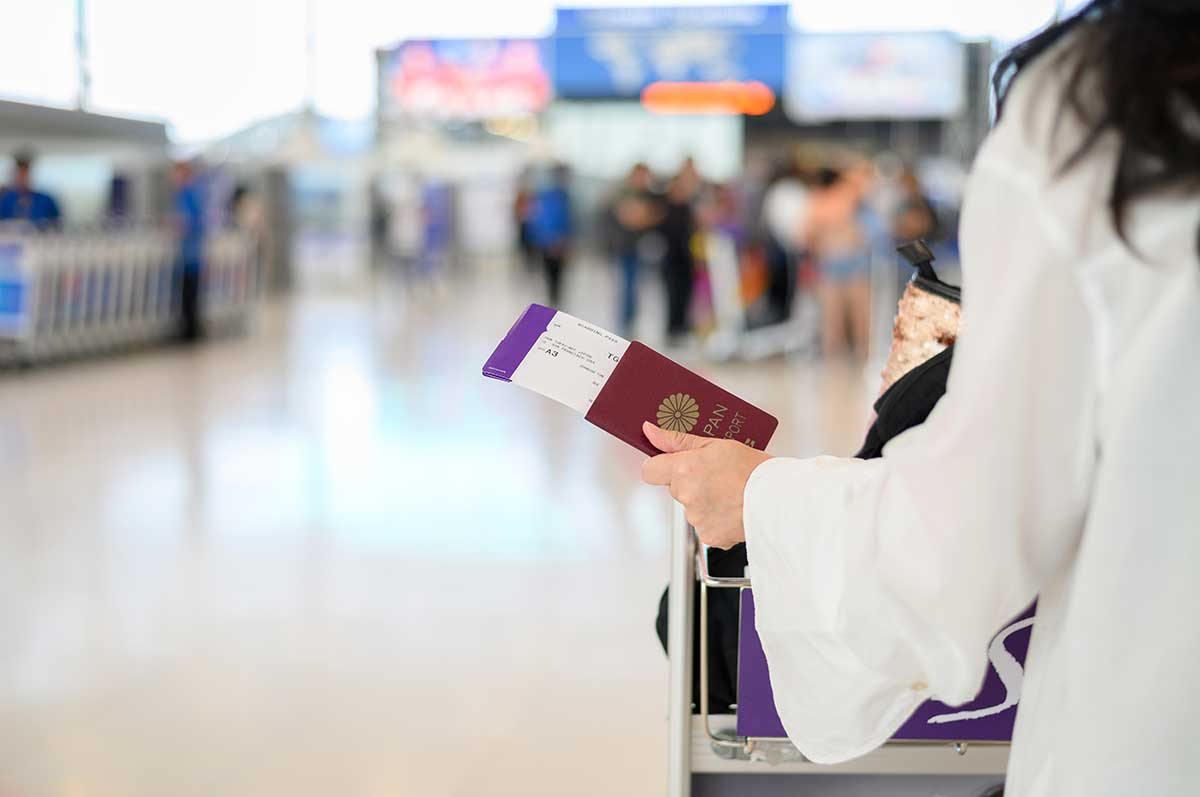
Vietnam E-visa vs. Visa on Arrival for Indian Travelers
Indian travelers have two popular options for obtaining a Vietnam visa: e-visa and visa on arrival. Let’s explore the differences between these two methods:
- E-Visa: The e-visa is an electronic visa obtained through the official website of the Vietnamese government. It allows travelers to apply for a visa online without visiting an embassy or consulate. Here are some key points to consider:
- Eligibility: Indian citizens are eligible to apply for an e-visa.
- Application Process: Complete the online application form, upload the required documents (passport copy and photo), and make the payment online.
- Processing Time: E-visas are usually processed within 3 business days.
- Visa Delivery: Once approved, the e-visa will be sent to the applicant via email. Print out the e-visa and present it upon arrival in Vietnam.
- Validity and Duration: E-visas are generally valid for 30 days with a single entry.
- Limitations: Not all ports of entry accept e-visas. Check the official website for the list of eligible entry points.
- Fees: E-visa fees are typically lower compared to embassy/consulate applications.
- Visa on Arrival: Visa on arrival is a convenient option that allows travelers to collect their visas upon arrival at designated airports in Vietnam. Consider the following details:
- Eligibility: Indian citizens are eligible for visa on arrival.
- Pre-approval Letter: Before traveling to Vietnam, applicants need to obtain a visa approval letter from the Immigration Department of Vietnam through a registered travel agency or visa service provider.
- Application Process: Apply for the visa approval letter online by providing the necessary information and paying the service fee. The agency will process the application, issue the approval letter, and send it via email.
- Visa Stamping: Upon arrival at the designated airport in Vietnam, present your passport, visa approval letter, completed entry/exit form, two passport-sized photos, and pay the stamping fee. The immigration officers will affix the visa sticker to your passport.
- Validity and Duration: Visa on arrival allows for stays of up to 30 days with a single entry. Extensions can be obtained within Vietnam if needed.
When deciding between e-visa and visa on arrival, consider factors such as convenience, processing time, entry points, and cost. Both methods offer viable options for Indian travelers visiting Vietnam, so choose the option that best suits your preferences and travel plans.
Tips for Obtaining a Vietnam Visa as an Indian Passport Holder
Obtaining a Vietnam visa as an Indian passport holder can be a smooth process by keeping the following tips in mind:
- Plan in advance: Start the visa application process early to allow sufficient time for processing and avoid any last-minute complications.
- Choose the right visa type: Determine the appropriate visa type based on your purpose of visit and duration of stay in Vietnam. Ensure that you meet all the requirements for that specific visa category.
- Review the application requirements: Carefully review the application requirements and gather all the necessary documents before submitting your application. Check for any updates or changes in the requirements to ensure compliance.
- Double-check the information: Verify that all the information provided on the visa application form is accurate and matches the details in your passport. Pay attention to spelling and other details to avoid any discrepancies.
- Consider using a reliable visa service provider: If you find the visa application process complex or time-consuming, consider using a reputable visa service provider or travel agency. They can assist you with the application, guide you through the process, and ensure that all requirements are met.
- Be aware of entry points for e-visas: If you choose to apply for an e-visa, check the list of eligible entry points to make sure your intended point of entry in Vietnam is included. This will help you plan your travel arrangements accordingly.
- Ensure passport validity: Confirm that your passport has a minimum validity of six months beyond your intended stay in Vietnam. If your passport is nearing expiration, consider renewing it before applying for the visa.
- Maintain a copy of your visa and related documents: Keep multiple copies of your visa approval letter, visa stamp, and other important documents. It’s also recommended to store digital copies online or in cloud storage for easy access during your trip.
- Follow Vietnam’s immigration regulations: Familiarize yourself with the rules and regulations of Vietnam’s immigration system. Adhere to the conditions of your visa, including the permitted duration of stay and any restrictions or requirements.
- Check for updates: Stay informed about any changes in visa policies, requirements, or fees by regularly checking the official websites of Vietnamese diplomatic missions or government portals.
By following these tips and ensuring that you have all the necessary information and documents, you can enhance your chances of obtaining a Vietnam visa smoothly and enjoy a hassle-free journey to Vietnam.
More info: https://vietnamembassy-thailand.org/vietnam-visa-for-indians/

